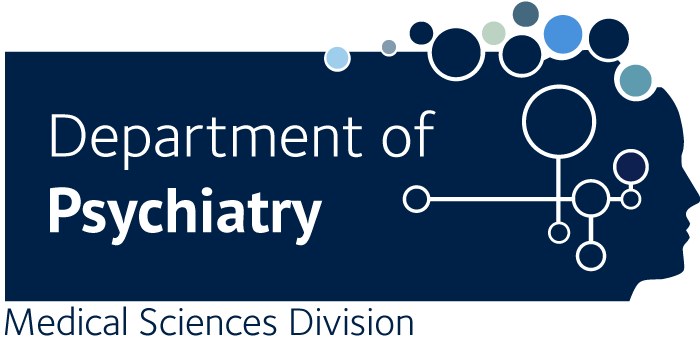A home-based intervention using augmentative and alternative communication (AAC) techniques in rural Kenya: What are the caregivers' experiences?
Gona JK., Newton CR., Hartley S., Bunning K.
Background: Caring for a child with complex communication needs associated with a developmental condition frequently adds stress to the caregiver. Furthermore, professional assistance is scarce in low-income rural settings. For such children speech is frequently unachievable. Augmentative and alternative communication provides options for supplementing or replacing speech with other techniques. The current study aimed to examine the experiences of caregivers in Kenya before and after a home-based intervention using augmentative and alternative communication techniques with children with complex communication needs. Methods: Caregivers were interviewed pre- and post-intervention. The interviews were digitally recorded, transcribed and translated into English. Content analysis was applied through the stages of text familiarization and topic organization. Emergent themes and their sub-themes were identified and labelled. Connections between themes were established and interpretations made. The procedure was completed by a second researcher independently. Conflicting ideas were jointly discussed until consensus was achieved. Results: Four themes emerged from the data: communication process; struggle; normality; and supernatural power. Before intervention, the caregivers acknowledged their expertise in communications with the child, while also revealing their sense of isolation, burden and pain. Normality was present as a source of comparison and also an aspirational goal. Post-intervention more positive language was used to describe the child. There was an 'opening up' of communication that recognized the child's strengths and some social support systems were re-established. The power of the supernatural was recognized before and after intervention. Conclusion: Caring of a child with complex communication needs presents many challenges. A home-based intervention using augmentative and alternative communication techniques appears to have been a catalyst for some positive transformations in the caregivers' experiences, although it is not possible to attribute this change to any one aspect. The potentials of the home-based intervention would benefit from further investigation on a larger scale. © 2013 John Wiley & Sons Ltd.

